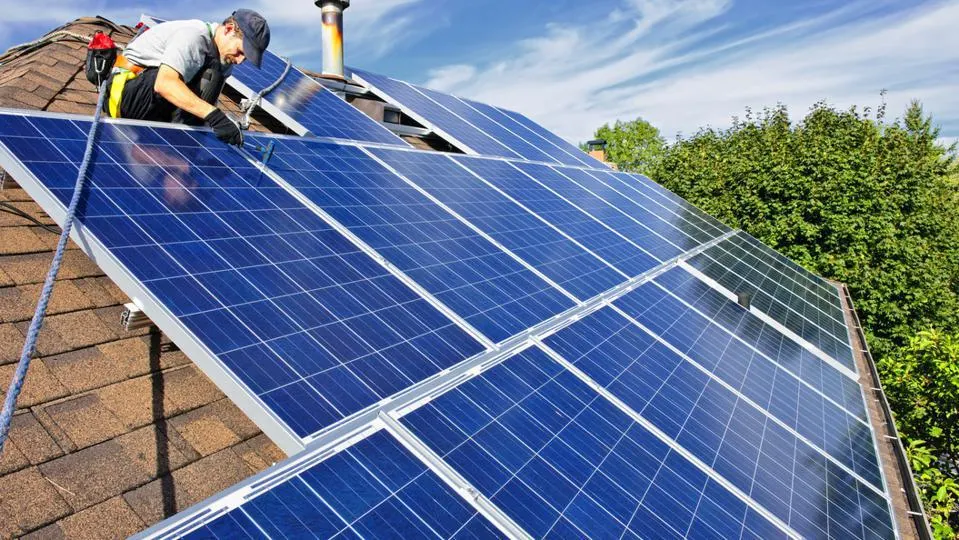Overview


Detailed Processes:
- Site Assessment:
○ Solar Potential: Evaluating the solar potential of a site based on factors like sunlight exposure and shading.
○ Feasibility Studies: Conducting feasibility studies to determine the viability of solar projects.
- System Design:
○ PV System Design: Designing photovoltaic systems to convert sunlight into electricity.
○ Thermal System Design: Designing solar thermal systems for heating applications.
- Installation:
○ Mounting Systems: Installing mounting systems to securely hold solar panels.
○ Electrical Integration: Connecting solar panels to the electrical grid or standalone systems.
- Operation and Maintenance:
○ Monitoring: Using monitoring systems to track the performance of solar installations.
○ Maintenance: Performing regular maintenance to ensure optimal performance and longevity.
- Regulatory Compliance:
○ Permitting: Obtaining necessary permits and approvals for solar projects.
○ Incentives and Subsidies: Navigating available incentives and subsidies to make solar projects more affordable.

